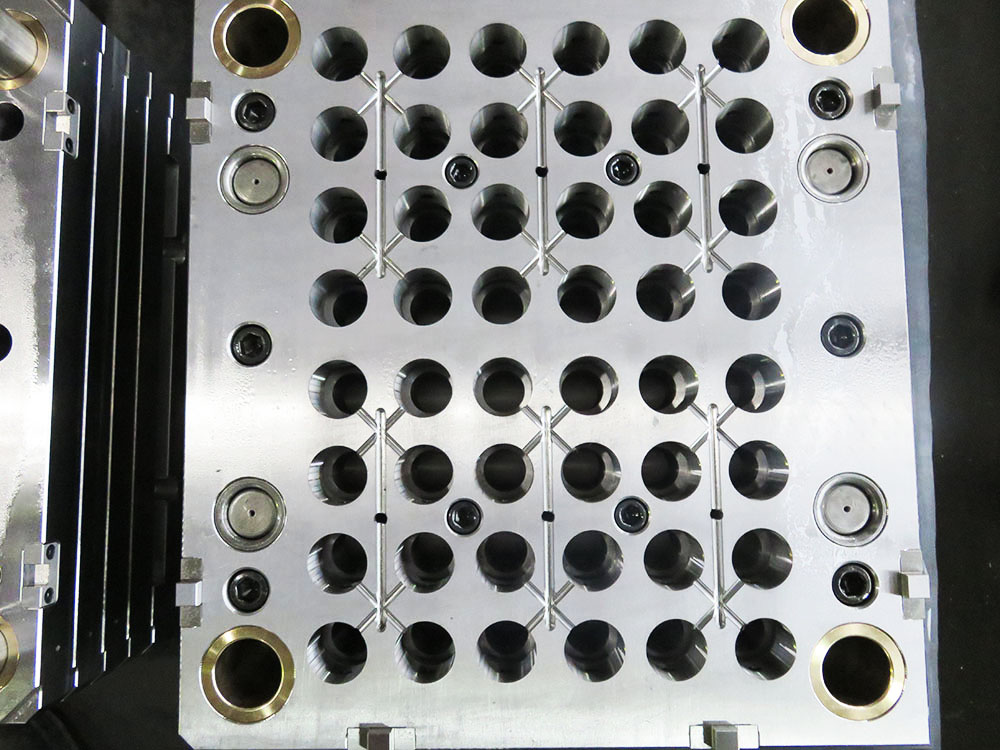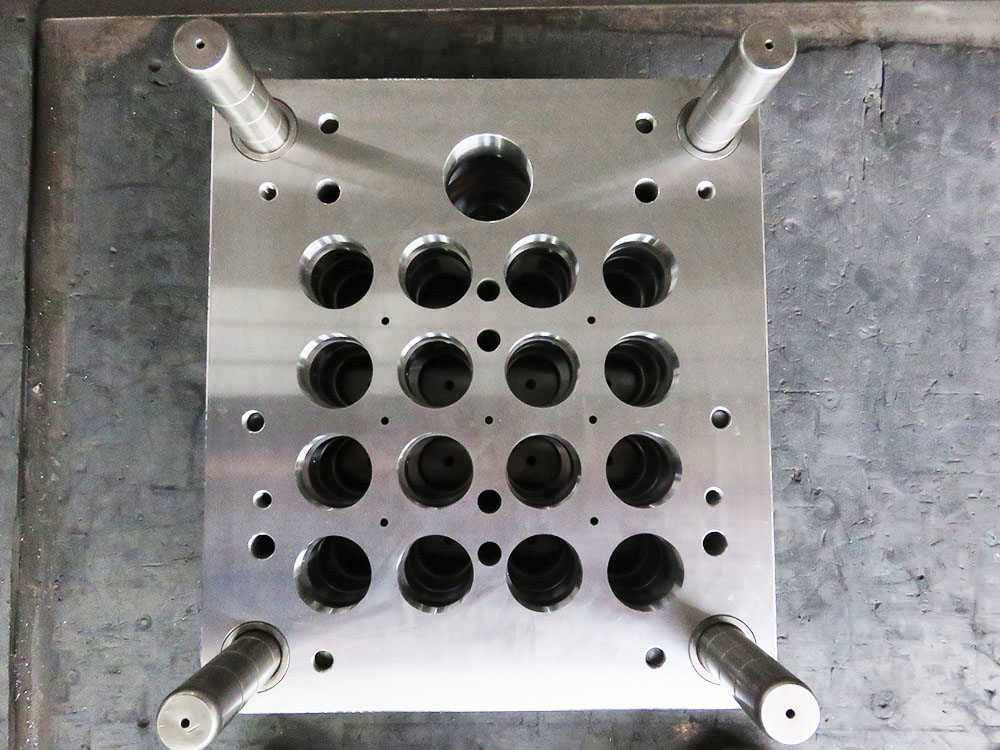Introduction to the Mold Base Industry
The mold base industry plays a crucial role in the manufacturing sector by providing the foundation for the production of various plastic and metal components. Mold bases are essential components used in mold making, serving as the backbone for the creation of molds that shape the desired products. This article provides a comprehensive guide to the mold base industry, covering its significance, the production process, and key considerations for producing high-quality mold bases.
Understanding Mold Bases
Mold bases are standardized components that support the mold cavity and the various components required for mold operation. These components include the sprue bushing, runner system, ejector pins, and cooling channels. Mold bases are typically made from tool steel or aluminum. They provide structural support to the mold and ensure precise alignment of the mold components during the molding process.
Production Process
The production of mold bases involves several critical steps to ensure the final product meets the required specifications. These steps include:
Design and Engineering
The first step in producing a mold base is designing and engineering the mold base concept. This involves analyzing the customer's requirements, creating a 3D model of the mold base, and performing simulations to ensure proper functionality and mold performance. Designers and engineers use specialized software and tools to create detailed plans and specifications.
Material Selection and Preparation
After finalizing the design, the appropriate material for the mold base is selected. Factors such as mold complexity, part volume, and expected production cycles influence material selection. The chosen material is then prepared by cutting and milling it to the required size and shape.
Machining and Finishing
The prepared material is then machined using computer numerical control (CNC) machines to create the various features and cavities required for the mold base. This includes cutting pockets for the cavity and core inserts, drilling holes for the cooling channels, and creating the necessary surface finishes. Precision and accuracy are of utmost importance during this process to ensure proper functionality and dimensional accuracy.
Assembly and Quality Control
Once all the machining operations are completed, the different components of the mold base are carefully assembled, adhering to the design specifications. Quality control checks are performed at each assembly step to ensure accurate alignment and proper functioning. This includes verifying the fit of the mold components, checking for any machining errors, and conducting inspections for dimensional accuracy.
Key Considerations
Producing high-quality mold bases requires attention to various key considerations. These include:
Design Accuracy
The design of the mold base must be accurate and precise to ensure proper functioning and alignment with the mold components. Any design flaws or errors can result in defective molds, leading to subpar products and production delays.
Material Quality
The choice of material for the mold base significantly impacts its durability and performance. High-quality, sturdy materials should be used to withstand the stresses and demands of the molding process. The material should also have excellent heat resistance and corrosion resistance properties.
Precision Machining
Precision machining is essential to achieve the required dimensions and tolerances of the mold base. CNC machines should be used for accurate and consistent machining operations. Regular maintenance and calibration of the machines are necessary to ensure optimal performance.
Quality Control
Rigorous quality control measures should be implemented throughout the production process to maintain the highest standards. This includes inspections, measurements, and verification checks at each stage of production. Any deviations or defects should be promptly addressed to ensure the final mold base meets the desired specifications.
Conclusion
The mold base industry plays a critical role in the manufacturing sector, providing the foundation for the production of molds used in creating various plastic and metal components. Understanding the production process and key considerations is essential to ensure the production of high-quality mold bases. By adhering to precise design, material selection, machining, and quality control practices, manufacturers can produce mold bases that meet the demanding requirements of the industry.




